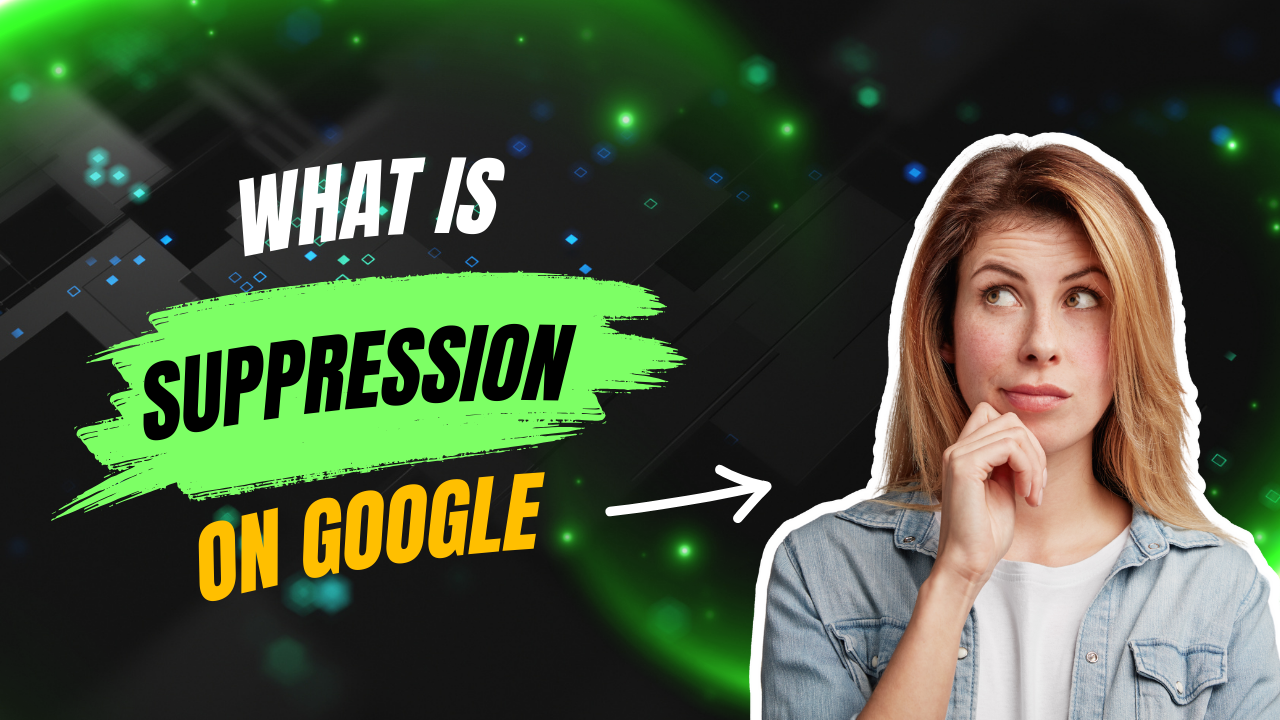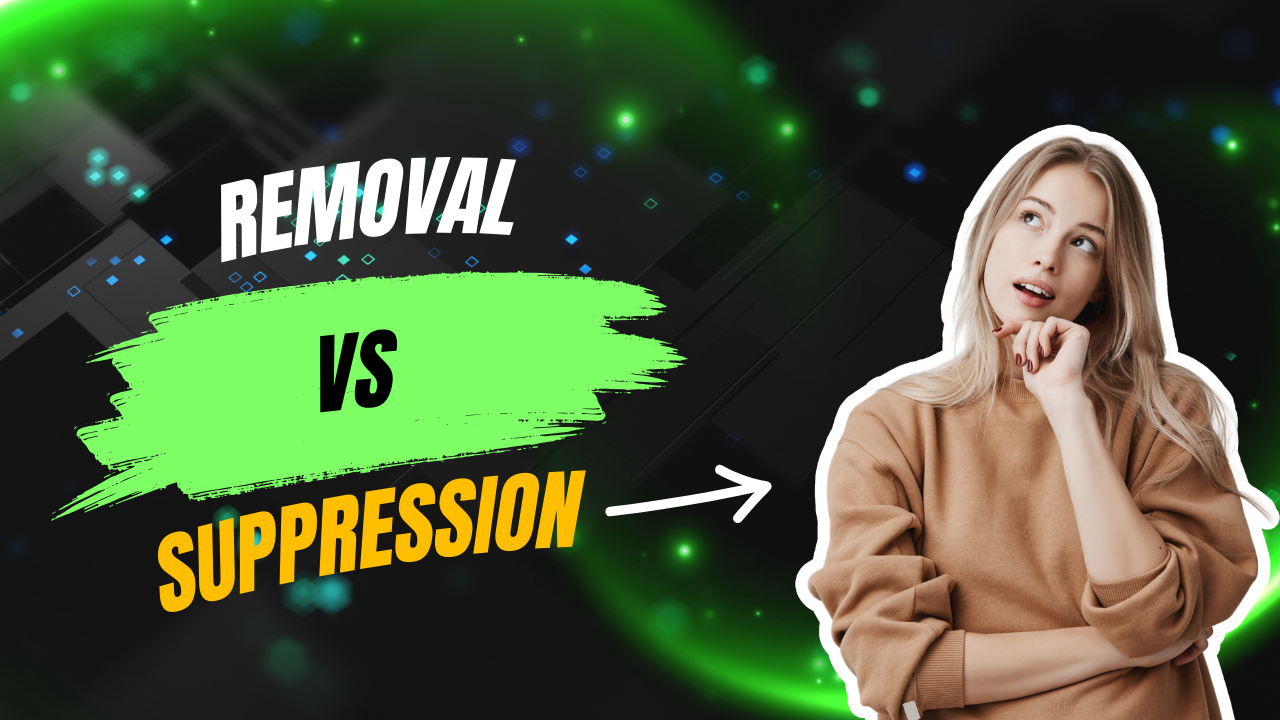When you Google your name or business and see something negative, it can feel like you’ve lost control of your own story. But not everything online can be deleted. That’s where suppression comes in.
Suppression doesn’t erase content—but it can make it disappear from page one of search results, where most people stop looking.
Here’s how it works.
More DB Insights: How to Remove Google Search Results
1. Suppression vs Removal
Suppression is the process of pushing negative search results lower by outranking them with positive, relevant content.
Removal means taking the content offline or deindexing it from Google completely. That’s only possible if it breaks a rule, law, or platform policy.
When removal isn’t an option, suppression is the next best thing—and for most cases, it’s the only realistic one.
2. How Suppression Works
Google ranks content based on relevance, quality, and freshness. Suppression uses that system to your advantage.
To suppress something harmful, you create and promote content that Google sees as more valuable—like:
- Personal or business websites
- News articles or press releases
- Social media profiles
- Blog posts, videos, or interviews
- Guest features on trusted websites
As these positive pages rise in search results, the negative ones get pushed down—off page one and out of sight.
3. What Suppression Can (and Can’t) Do
Suppression can:
- Move bad links off page one
- Control what people see when they Google you
- Build a more accurate, professional online presence
Suppression can’t:
- Remove the content from the internet
- Stop people from finding it if they dig deep
- Fix legal issues tied to the content itself
It’s not a deletion strategy. It’s a visibility strategy.
4. Why Suppression Is So Common
Most negative content online doesn’t break any rules. It’s opinion-based, outdated, or just unflattering. That means it stays online and keeps showing up—unless you outrank it.
That’s why suppression is a core part of most reputation management plans. It gives you a way to take back control without relying on the cooperation of websites or platforms.
5. When to Use Suppression
Suppression is the right move when:
- You’ve tried removal and it didn’t work
- The content is true, but harmful
- You need fast, long-term control over your search results
- You want to build a positive reputation and future-proof your online presence
At ReputationDB, we use suppression every day to help people and businesses clean up their search results—whether they’re dealing with negative articles, old blog posts, reviews, or forum threads.
6. Final Takeaway
Suppression won’t erase content—but it can bury it where no one sees it. And in a world where first impressions start with Google, that can make all the difference.
If you’re dealing with something you can’t delete, suppression might be your best option. At ReputationDB, we’ll help you build a strategy that works—and do the heavy lifting to get results that stick.
Want to know what’s possible for your situation? Get a free suppression strategy review at ReputationDB.com—and take the first step toward a cleaner search result.



